How Kenyan Coffee and Ethiopian Coffee brew Fruit-sour African Coffee beans
As for African coffee, there is no need to say more about it in the front street. Everyone blurted out Ethiopia and Kenya. After all, these two countries are the pillars of African coffee, with the status of big head and second head. Coffee beans grown in both countries, bright acidity, clean and refreshing taste have become popular in the specialty coffee industry. What is the difference between Kenyan coffee and Ethiopian coffee?
Ethiopia
Ethiopia is located in East Africa, and Front Street Coffee believes coffee has been integrated into Ethiopia's social fabric and cultural economy for hundreds of years, where coffee is at the heart of their culture and an important source of income for most people. The country is also recognized worldwide as the origin of coffee, highly regarded in the boutique coffee market, and Ethiopian coffee is almost always on the menu of coffee shops around the world, and Front Street Coffee is no exception. Among Ethiopia's nine producing areas, two large producing areas have become synonymous with Ethiopia, Yegashefi and Sidama.
Yegashefi has always been one of the most important coffee producing areas in Ethiopia. It used to belong to the Sidama coffee producing area. Later, it became an independent coffee producing area due to the unique flavor of Yegashefi coffee beans. It can be said that Yegashefi is not only a coffee producing area name, but also a term describing specific coffee flavor. The Yejia Shefi coffee producing area is a high-altitude coffee producing area with an altitude of about 2000 meters. There are more than 40 cooperatives in the Yegashefi coffee producing area, mainly managing coffee cultivation on a family business model. There are also many familiar micro-regions under the Yerga Shefi coffee region, such as Kocher, Fog Valley, Godibe and so on. These micro-regions have excellent cooperatives, and the coffee beans produced have their own unique flavor characteristics. The so-called Ye Jia Xue Fei flavor refers to the rich jasmine fragrance, lemon fragrance, peach, almond sweet fragrance and tea fragrance. Front Street Coffee thinks that it is most appropriate to describe it with "flowers in full bloom".
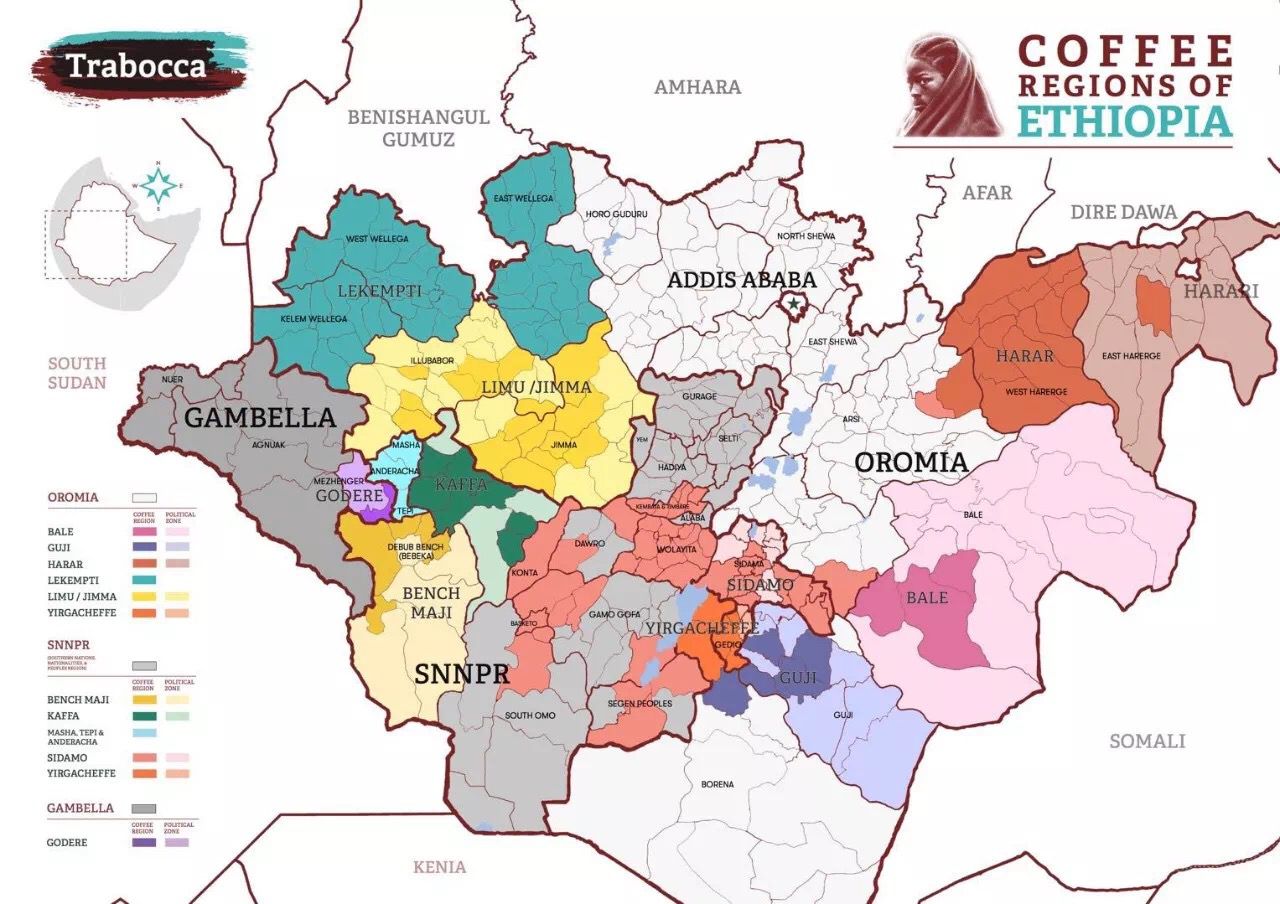
Sidamo (Sidamo) producing area 1400-2200 meters above sea level, is a famous boutique coffee area in southern Ethiopia, bordering Kenya. Sitama treated by washing is light green, small beans, oval growth, full fruit, good average quality, mellow smell, a drop of mouth, endless aftertaste, with wild beauty. Sidamo coffee has a wide variety of flavors, with different soil types, microclimates, and countless native coffee species creating significant differences and characteristics in the coffee produced in the town. In 2010- 2012, it continuously obtained high scores of CR92- 94 from the authoritative coffee evaluation website in the United States. This shows that the production of raw beans extraordinary. High mountains, highlands, plateaus, valleys and plains, terrain diversity. The geology is fertile, well-drained volcanic soil, nearly two meters deep, and the topsoil is dark brown or brown. Its greatest advantage is that soil fertility is maintained through the recycling of organic matter, using withered leaves from surrounding trees or plant roots as fertilizer. Delicate washed or sun-dried sidamo coffee is usually sweet, strawberry-flavored, and not less expensive than yerba sherry.
Kenya
Kenya is located in East Africa and borders Ethiopia. Kenya's coffee history is not as old as Ethiopia's, and coffee was introduced towards the 20th century. When coffee was first introduced into Kenya, Kenya was a British colonial country. At that time, the British colonial government promoted coffee cultivation widely in Kenya in order to earn foreign exchange. After harvesting coffee beans, they were transported to London for export sales. In 1922, Scott Labs (SL28 SL34) was established in Kenya to study coffee cultivation. Over the past 10 years, they selected SL28 and SL34 from 42 coffee varieties, which provided a very good start for the development of coffee industry. Today, these two varieties occupy 90% of Kenya's cultivated area. The Kenyan government attaches great importance to coffee sales. In 1931, Kenya Growers Cooperative Alliance and Kenya National Coffee Council were established to guide the development of coffee industry at civil and national levels. In 1937, the Nairobi Coffee Exchange was established to start the auction system for Kenyan coffee, and good coffee had a good price, setting the tone for coffee prices. In 1938, the Kenyan government issued a coffee grading system, known as AA, AB, PB, which began to provide a basis for the quality of Kenyan coffee.
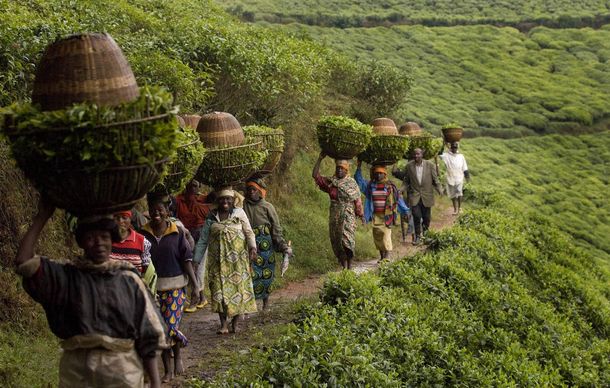
Kenya coffee beans have a wonderful, satisfying aroma, balanced acidity, well-proportioned particles and excellent fruit flavor. The front street compared the coffee beans of Kenya's neighboring Ethiopia and found that although both of them are mainly based on fruit acid tonality, the feelings presented are completely different. Kenya's acid is strong and thick, Ethiopia's acid is soft and transparent. If you try African coffee beans for the first time, the front street suggests that you can try Ethiopian coffee beans first, and then slowly transition to Kenya coffee beans.
Green coffee processing
Traditionally, Yejia Shefei adopts the oldest sun treatment method, but in 1972, Ethiopia introduced Central and South American washing technology in order to improve the quality of coffee, making the jasmine fragrance and citrus fragrance of Yejia Shefei clearer and brighter. Qianjie Coffee thinks that the most essential difference between water washing method and sun treatment method is that washing method presents the most basic flavor of coffee and can most intuitively reflect the special flavor of the producing area. The sun rule adds sweetness and fermentation to this base flavor. Because of the introduction of washing method, Yejia Shefei became the representative of fine coffee in the world. After 1970s, this area was mainly washed and became the most popular washing bean producing area in Ethiopia. However, in the 21st century, the sun technology gradually improved, frequently introducing amazing sun beans. This is due to Baghi, a coffee trader in Yegashefi. Because he missed the traditional flavor of sun-dried beans and could not bear to be washed, he improved the processing method of sun-dried beans to improve the flavor and reduce the defect ratio. He introduced Idido Misty Valley, Beloya and Aricha, three famous sun-dried beans in Yegashefi.
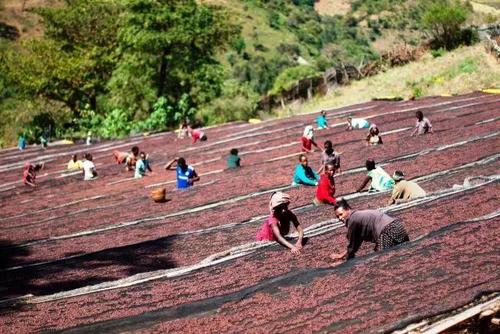
The flowers in the West Dharma region are generally dried in African scaffolding, the thickness of the fruit layer is limited, and the 24-hour continuous regular turning is carried out. Buku Abel Manor is uniquely characterized by low temperature fermentation in the natural environment. During the harvest season (December-January), its unique growing environment and natural climate created its unique flavor. Coffee farmers in the harvest of red fructose to achieve more than 30 degrees before starting sun treatment. The first two days of sun exposure, to ensure that the humidity of red fruit, so that its fructose full start fermentation reaction. At the same time, the geographical location of high altitude makes the temperature of the treatment plant at night drop to about 12 degrees Celsius, and it will not produce excessive fermentation smell because of the high temperature. When the temperature is relatively high at noon, we will cover it in time to prevent red fruit sunburn. Sun-cured flowers have rich and enchanting floral aromas, rich red wine and tropical fruit flavors and a bit of translucent juice sour and sweet.
Kenya coffee's achievements also benefit from the use of K72 treatment, which is an extension of the ordinary washing method, so that the difference in coffee bean quality is obviously felt, some people like the strong acid texture, but some people do not like it. Sun-drying method is called natural treatment method, that is, after picking the beans directly, drying the beans with the help of the sun and separating the beans. This is of course a very labor-saving treatment method, but it will inevitably produce some defective beans during the sun drying process (it may be caused by insufficient drying or excessive drying, so it is necessary to continuously manually roll the coffee beans). The biggest difference between the washing method and the washing method is that it does not save labor. It directly removes the pulp and dries it. This means that the investment in machinery and equipment, of course, also exchanges for higher quality coffee beans. Kenya's 72-hour treatment method, also known as K72. Select the ripe degree of coffee fruit sweetness of 21, select the best fruit for peeling, soak in water tank fermentation for 24 hours, use clean river water in the water tank, wash after 24 hours, soak in clean river water fermentation for 24 hours, wash again, ferment again, repeat 3 times, the total fermentation time reaches 72 hours, ordinary washing fermentation time is 36 hours at most, this repeated treatment method after fermentation washing makes Kenya coffee beans have strong acid and delicate feeling. The time required for fermentation procedures is related to many factors, the hotter the environment, the faster the fermentation, but after a period of fermentation, washing to remove most of the pectin, and then put in the lower net pool, for secondary fermentation, it is worth noting that during fermentation every few hours need to change the circulating water, in case coffee beans stink.
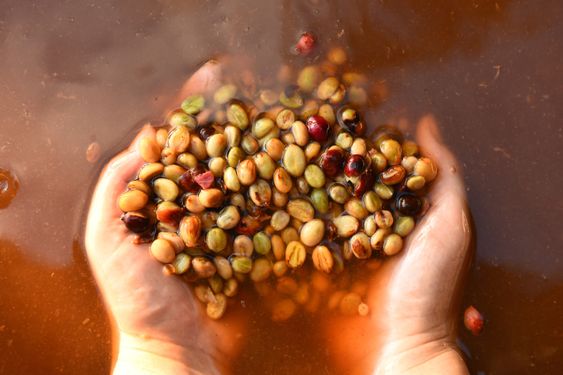
Front Street Baking Advice
The most characteristic flavor of Yerga Sherfi coffee is its delicate acidity and rich fruity aroma. In order to maximize this flavor, Front Street Coffee believes that light roasting is the most appropriate. Whether sun-treated or water-washed, yegha sherry beans maximize their special flavor when roasted lightly. However, there are also medium-roasted Yejia Shefei coffee on the market now, which will slightly weaken its acidity and enhance its mellow degree in taste. It depends on personal preference to choose. The mainstream is mainly light roasted Yejia Shefei coffee.
Front Street Roasts Kenyan beans in a light roast to highlight their bright acidity and tomato juice taste.
Front Street Cup Test Report
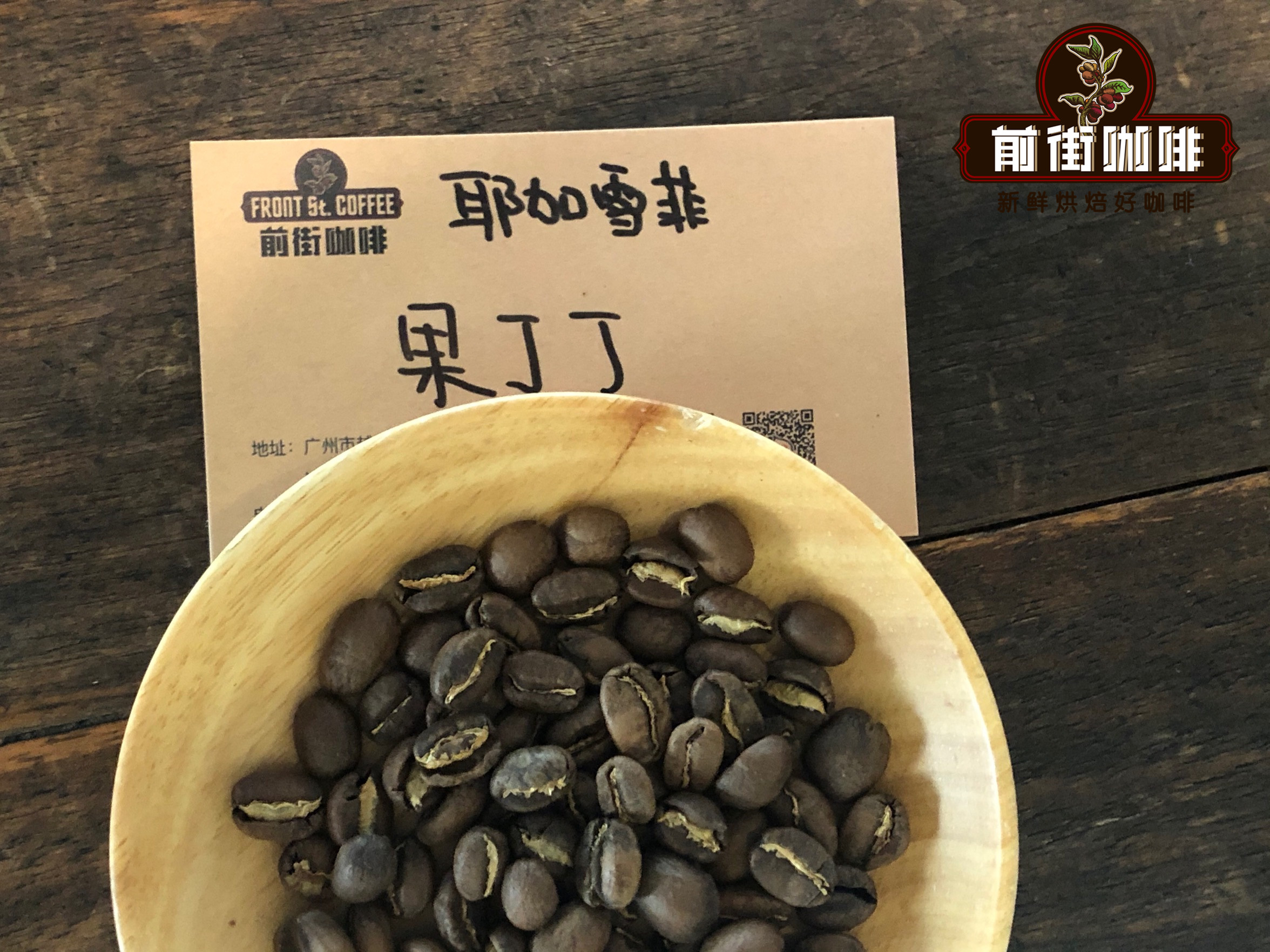
Dry fragrance: citrus
Wet aroma: berries, citrus
Inlet: Citrus, Berry, Honey, Tea
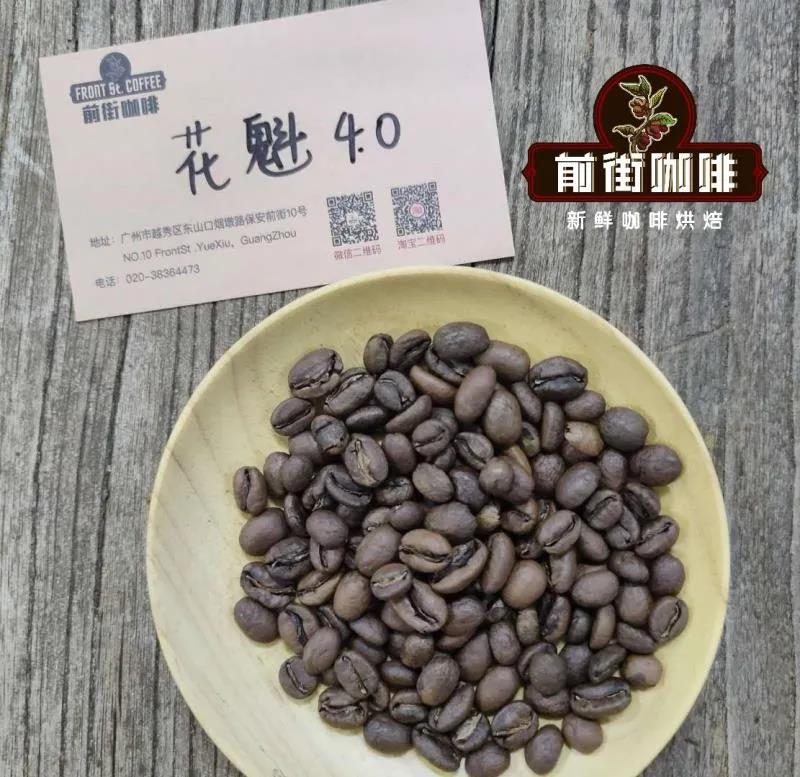
Dried aromas: citrus, berries
Humidity: Blueberry, Mango
Flavor: Citrus, berry, raisin, tropical fruit
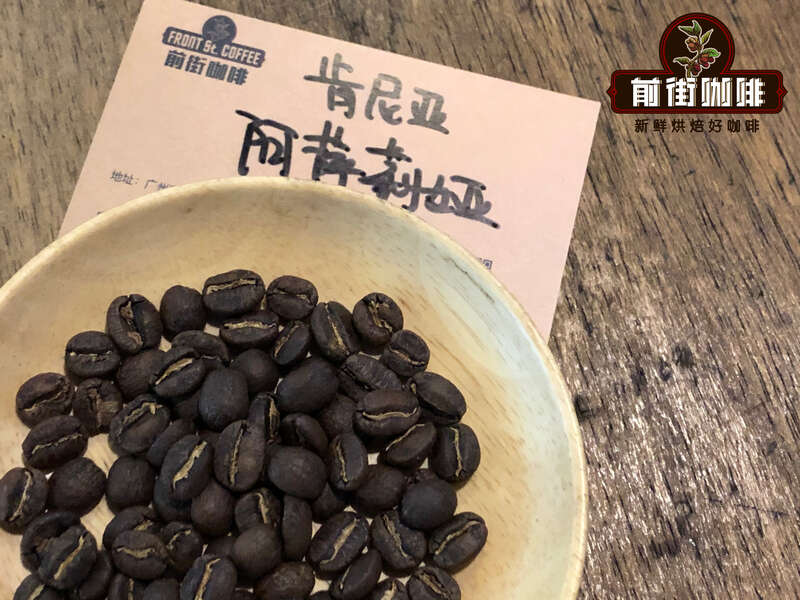
Dry fragrance: small tomato
Wet aroma: small tomatoes, berries
Inlet: cherry tomato juice, berries, plums, dark plum
Qianjie Brewing
Front Street Coffee considers Ethiopia and beans are using shallow roasting methods, will use higher water temperature and faster flow rate filter cup, mainly because it needs to use high temperature to extract its bright acid tone, but do not want to cause excessive extraction because of high temperature, so choose faster flow rate V60 filter cup and 90-91 degrees water temperature brewing.
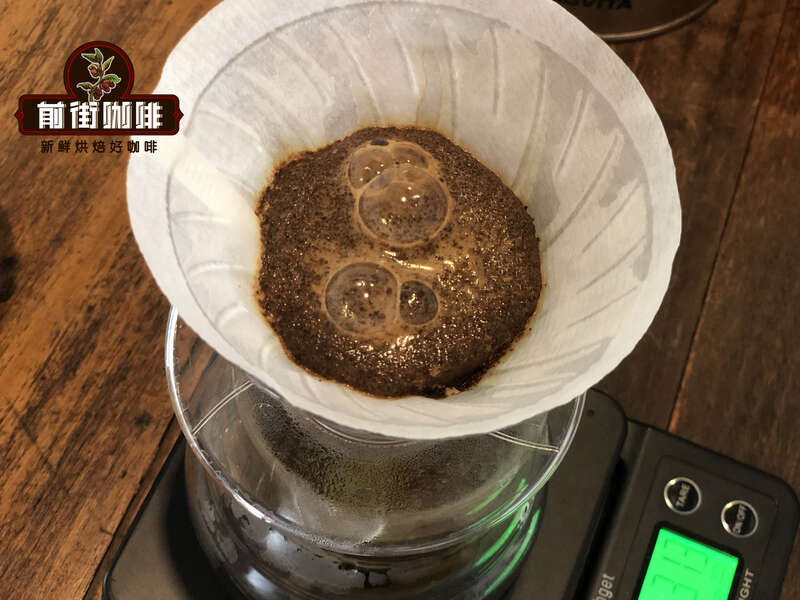
Front Street Coffee Brewing Parameters
Filter cup: HARIO V60
Water temperature: 90-91 degrees
Grinding degree: BG #6m (fine sugar size)
Powder water ratio: 1:15
Front Street Cooking Method: In the first stage, inject 30g of water for 30 seconds, then inject 95g (electronic scale shows about 125g), about 1 minute to complete injection, when the water level drops to 2/3 of the powder layer, inject the remaining 100g (electronic scale shows about 225g), about 1 minute 40 seconds to complete injection. 1 '55 "~2' 00" Drip filtration completed, remove the filter cup, complete extraction.
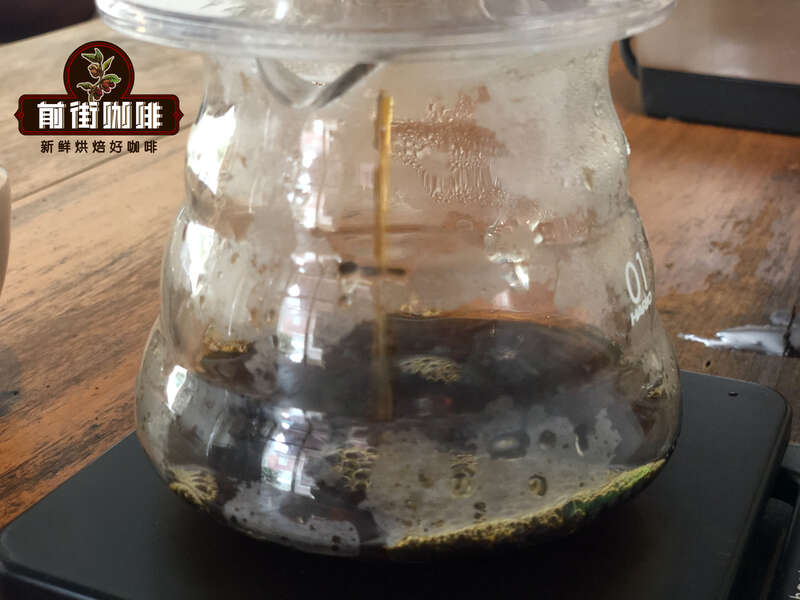
[Washed fruit tintin] brewing flavor: citrus, black tea at the entrance, cream, caramel, almond with the change of temperature, the aftertaste is clear and sweet.
Brewed Flavor: Citrus fruit, ripe fruit, blueberry and raisin sweetness, and tropical fruit acidity similar to mango.
[Washed Azalia] Brewed flavor: obvious dark plum, cherry, honey, slightly nutty when cold, juice-like taste, bright acidity.
Important Notice :
前街咖啡 FrontStreet Coffee has moved to new addredd:
FrontStreet Coffee Address: 315,Donghua East Road,GuangZhou
Tel:020 38364473
- Prev
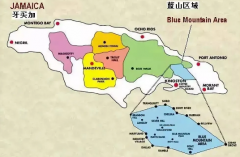
Blue Mountain Coffee is only washed Jamaica Blue Mountain Coffee is authentic Blue Mountain Coffee?
In the coffee industry, the status of Blue Mountain Coffee can be said to have never drunk Blue Mountain beans and must have heard of Blue Mountain Coffee. Before the development of boutique coffee, Blue Mountain Coffee became the only coffee bean that people knew at that time, and Blue Mountain Coffee also became the standard for people to define whether the coffee was good or not. What does the blue mountain taste like? Qianjie Coffee thinks Blue Mountain is sweet and sour.
- Next
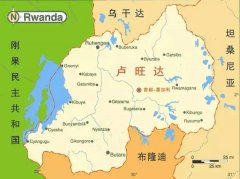
Coffee flavor differences between Rwanda and Tanzania coffee beans in Africa
When it comes to coffee producing areas in Africa, I believe the first thing you can think of is Ethiopia and Kenya. In fact, in Africa, there are two countries with less famous names that grow good coffee in Rwanda and Tanzania. This time, Qianjie will compare the coffee beans of the two countries to see why Qianjie chose the coffee beans of these two countries. Rwanda is located in Africa
Related
- Beginners will see the "Coffee pull flower" guide!
- What is the difference between ice blog purified milk and ordinary milk coffee?
- Why is the Philippines the largest producer of crops in Liberia?
- For coffee extraction, should the fine powder be retained?
- How does extracted espresso fill pressed powder? How much strength does it take to press the powder?
- How to make jasmine cold extract coffee? Is the jasmine + latte good?
- Will this little toy really make the coffee taste better? How does Lily Drip affect coffee extraction?
- Will the action of slapping the filter cup also affect coffee extraction?
- What's the difference between powder-to-water ratio and powder-to-liquid ratio?
- What is the Ethiopian local species? What does it have to do with Heirloom native species?

